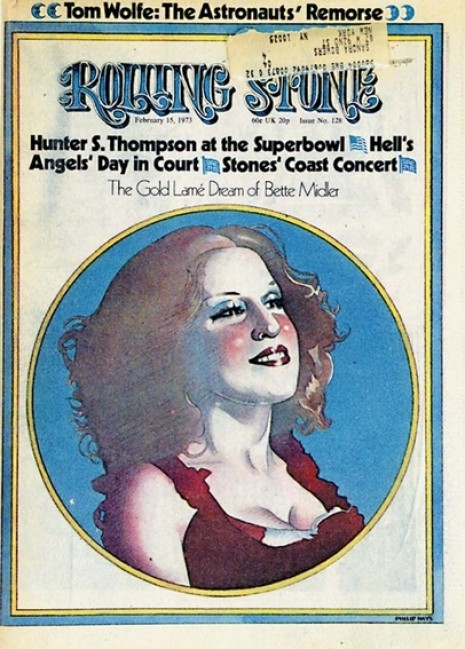
This website has the one of the most memorable sales pitches I have seen in quite some time:
Restore your virginity in five minutes with this new technologically advanced product. Kiss your deep dark secret goodbye and marry in confidence for only $29.95.
I don’t think any product captures the ongoing global conflict between the forces of progress and the forces of conservative darkness quite as vividly as the artificial hymen does. This website dispenses with the American Beauty rose petals and starts off with an explicit reference to the situation of women living in Muslim countries, for whom a non-virgin status can have dire consequences. As mirthful as the idea will seem to the average enlightened westerner, the following bullet points make the stakes uncomfortably plain:
I want to marry in confidence, keep my secret, can you help? OK!!!
I want no needles, no costly medical operation, can you help? OK!!!
I am a poor girl, I do not have much money, can you help? OK!!!
I am scared, I cannot let anybody know I buy a hymen, can you help? OK!!!
The artificial hymen is a lifeline for impoverished females who are trapped in a situation that only proof of virginity will remedy. It is a defense intended to aid the helpless in the face of the powerful forces of darkness. This is not rhetoric; this is a simple fact. In a world in which sexuality is damned and demonized, an artificial hymen is sometimes the only way. The whole concept makes me sad.
The Wikipedia article on the subject alludes to calls by conservatives in Egypt to ban the product, and also has this peculiar sentence: “Further controversy stems from the product’s adherence to centuries-old misunderstandings of virginity. The medical community has established that not all women are born with a hymen, and those who are do not necessarily bleed from intercourse.” Um, okay—what? The idea isn’t to fool “the medical community,” right? The idea is to fool one specific man, one who may need proofs of visible blood in order for his suspicions to be mollified. I don’t see what the true facts of virginity have to do with that. Is that really “controversial”?
Delivery of the artificial hyman is “discreet,” of course: “Items are packaged in a plain envelope or box with an attached mail-label declaring the contents as ‘Make-up Kit’ and the Sender as ‘Magazines Online’ … the transaction details on your credit card statement will appear as “MAGAZINES ONLINE” or “MAGAZINESOL” depending on your credit card company.”
Here’s a visual representation of the end result, complete with fake bloodstain:

Possibly the most interesting thing about both of these websites is that they feature bundle offers—at hymenshop.com, you can get five artificial hymens for $114.95; at hymenshop.net, you can get five of them for $103. I’m honestly trying to envision the situation that would call for five artificial hymens—I haven’t had any success yet. It could be a good device in a grim yet devastatingly entertaining farce by Pedro Almodóvar.
Here, a YouTube user tests out an artificial hymen to the sedate tonalities of Enya:
via The Kernel
Previously on Dangerous Minds:
Daddy-Daughter Christian ‘Purity Ball’ celebrates virginity and intact hymens




















